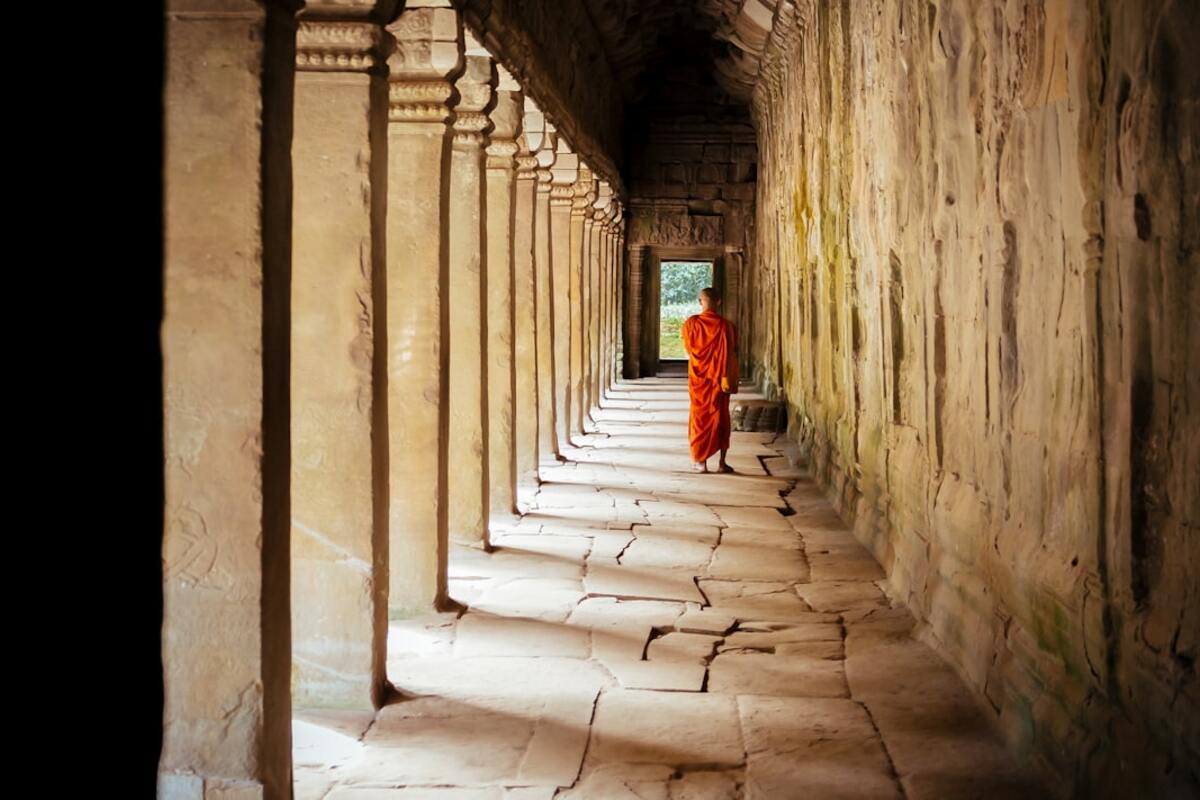The Floating Villages of Tonle Sap: Cambodia's Unique Aquatic Communities
Discover the captivating lifestyle of Cambodia's Tonle Sap, where floating villages adapt to the ebb and flow of nature's rhythm.

- Tonle Sap Lake expands and contracts dramatically between seasons.
- Floating villages adapt uniquely to seasonal changes.
- Cultural immersion offers insights into sustainable living.
The Ever-Changing Landscape of Tonle Sap
Tonle Sap, Southeast Asia's largest freshwater lake, is a natural phenomenon that not only provides sustenance but also dictates the way of life for thousands of Cambodians. During the wet season, the lake expands its reach to cover over 16,000 square kilometers, over five times its size during the dry season. This drastic change creates a unique ecological environment that supports a diverse range of wildlife, including rare bird species and an abundance of fish.
The cyclical nature of the lake is not just a spectacle of nature but a pivotal factor that shapes the communities living on its waters. The floating villages, such as Chong Khneas, Kampong Phluk, and Kampong Khleang, are ingeniously adapted to this ebb and flow. Homes, schools, and even temples are built on stilts or as floating structures, allowing them to rise and fall with the water levels.
Life on the Water: Culture and Resilience
The floating villages of Tonle Sap are a testament to human resilience and adaptation. The residents have ingeniously devised ways to live in harmony with their watery environment. Fishermen on small wooden boats can be seen casting nets, a practice that has sustained them for generations. The lake provides an ample supply of fish, which is a staple in the local diet and a critical economic resource.
Education and healthcare are also adapted to the aquatic lifestyle. Floating schools and clinics ensure that essential services are accessible despite the dynamic environment. Community life revolves around the water, with canoes and boats being the primary mode of transportation.
Table: Seasonal Changes in Tonle Sap
| Season | Approximate Area Covered | Primary Activities |
|---|---|---|
| Dry Season | 2,500-3,000 sq km | Fishing, Boat Building |
| Wet Season | 12,000-16,000 sq km | Agriculture, Fishing |
Experiencing Tonle Sap: A Traveler's Guide
Travelers looking to explore these captivating aquatic communities will find a rich tapestry of culture and history. The best time to visit is during the wet season when the lake is at its fullest, and one can witness the full extent of life on the water.
To fully appreciate the floating villages, consider a guided boat tour. Local guides offer invaluable insights into the daily lives of the residents, their traditions, and their symbiotic relationship with the lake. Visitors are encouraged to engage respectfully and learn from the communities, contributing to sustainable tourism practices that support the local economy.
Experiencing the vibrant marketplaces, where fresh fish and locally grown produce are traded, provides a glimpse into the local economy. Meanwhile, witnessing the schools and temples floating amidst the vast expanse of water is a humbling experience that highlights the resourcefulness of the community.
In conclusion, the floating villages of Tonle Sap are not merely a unique tourist destination but a living example of adaptation and resilience. They offer invaluable lessons in sustainable living and cultural richness, making them a must-visit for any traveler with a spirit of wanderlust.
